-
Welcome to Tacoma World!
You are currently viewing as a guest! To get full-access, you need to register for a FREE account.
As a registered member, you’ll be able to:- Participate in all Tacoma discussion topics
- Communicate privately with other Tacoma owners from around the world
- Post your own photos in our Members Gallery
- Access all special features of the site
Rolling Resistance - Weight vs Size
Discussion in 'Wheels & Tires' started by waytolatetothegame, Jul 27, 2020.


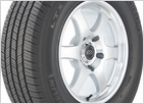 Tires
Tires 285/75R16 on 2005 TRD Tacoma?
285/75R16 on 2005 TRD Tacoma?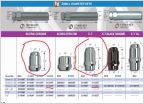 Which Gorilla lugs to go with
Which Gorilla lugs to go with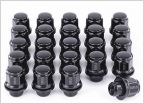 M12-1.5 lug nuts
M12-1.5 lug nuts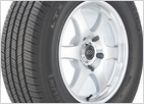 Tire ignorant
Tire ignorant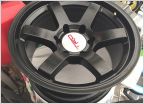 WTB Level 8 MK6 Center Caps
WTB Level 8 MK6 Center Caps









































































